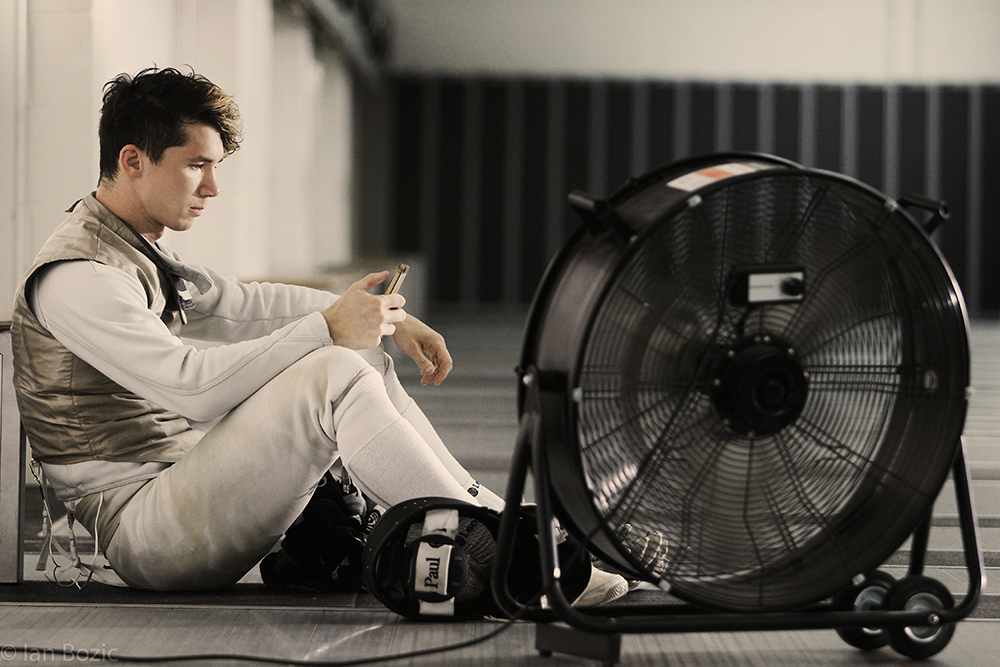We use cookies
Using our site means you agree to the use of cookies and similar technologies. Read about our policy and how to disable them here
We have all seen photos of elite athletes such as football players sitting in ice baths as a form of recovery following big matches. But if you are like me, you could not pay me to get in one! I absolutely hate the cold and could think of nothing worse. So, if not the ice bath, what would be my recovery strategy? I will discuss in a 2-part blog why recovery is important, the different types of recovery that is needed, then discuss different recovery techniques and when you might want to use them.
Why is recovery important?
I am pretty sure everyone will have experienced delayed onset of muscle soreness (DOMS) the day after a heavy training session or competition. That moment when you get up out of bed and you realise your muscles are screaming at you especially when you go downstairs to make your coffee in the morning – this is DOMS. It can be worse 48 -72 hours after the activity. Essentially, we don’t fully understand the mechanisms that cause it but there is an element of muscle and connective tissue damage. This isn’t a bad thing – the muscle repairs itself and becomes stronger. However, during this period of time when you are sore it is harder to train and you are not able to lift as heavy weights in the gym. Recovery strategies are often implemented to try and help prevent this DOMS from occurring and thus allow us to perform at our best more quickly. This could be relevant in a fencing competition where you have the individual competition and then a day or two later you have the team competition.
Overtraining can also be an issue if we don’t recover sufficiently. So it is important to be aware of the symptoms of overtraining such as mood swings, elevated morning resting heart rate, struggling with training and performance, muscle soreness, persistent fatigue and sleep issues. We need to make sure a training plan includes rest as a recovery strategy to ensure we don’t suffer from over training.
Different types of recovery

We also need to consider recovery between fights – do you do active recovery in a poule round so you keep your legs moving, flush out the lactic acid from your muscles and be prepared for the next flight.
If we consider a fencing competition, we need to consider recovery throughout the whole day and following it. To a certain extent, we need to recover between points. You may adopt a strategy of walking slower to the ‘en guard’ line when you are more tired than when you are feeling fresher. I like to jump up and down as I go in to the ‘en guard’ position. Then there is recovery between bouts in a DE fight. You have 1 minute to think about your fencing strategy as well as recover for the next 3 minutes of fencing. The last blog I wrote considered cooling – I think cooling at this point would help with recovery, as well as taking fluid on board. We also need to consider recovery between fights – do you do active recovery in a poule round so you keep your legs moving, flush out the lactic acid from your muscles and be prepared for the next flight. Do you sit down and conserve your energy or do you even do some static stretching potentially? Once you have completed the competition, you need to consider when your next competition/training session is going to be. If you are going to compete in a team competition in a day or two then your recovery strategy is likely to be different compared to doing your next training session. The order in which you train can impact on recovery, did you know doing a resistance session and then doing an endurance session causes less adaptations to training than if you did it the other way around? Finally, you may take part in a gruelling training camp for a week – this can often be the hardest to recover from each day ensuring you are feeling good the following day to get the most out of the camp.
Different recovery techniques
I am not going to discuss the techniques in a lot of detail here, I will do that in part 2. But essentially there are several recovery techniques you can consider for the various situations mentioned above. One we often forget about is sleep!! Sleep is critically important in the role of recovery – there is research out there demonstrating that lack of sleep can have a negative impact on sports performance. Other simple strategies include hydration and nutrition to ensure your muscles receive fuel to replace what has been used. I talked above about active recovery, as soon as you finish you will often keep moving to help remove the lactic acid from your legs or you may just bend over with your hands on your knees and breathe deeply and then move around. Some of you may get the foam roller out or get a sports massage. Equally, you may have purchased compression garments to help with recovery as it helps constrict blood vessels and aids returning blood back to the heart. Lastly, there is the dreaded ice baths. So as you can see there are many different recovery techniques you can use and it can be confusing to work out which one to use and when. For a lot of them the literature is conflicting, and they don’t always elicit a benefit to performance. I will discuss this more in part 2 of the blog. For now, I am just getting you thinking about the importance of recovery. Understanding your recovery is important to ensure you are prepared for peak performance at competitions.


